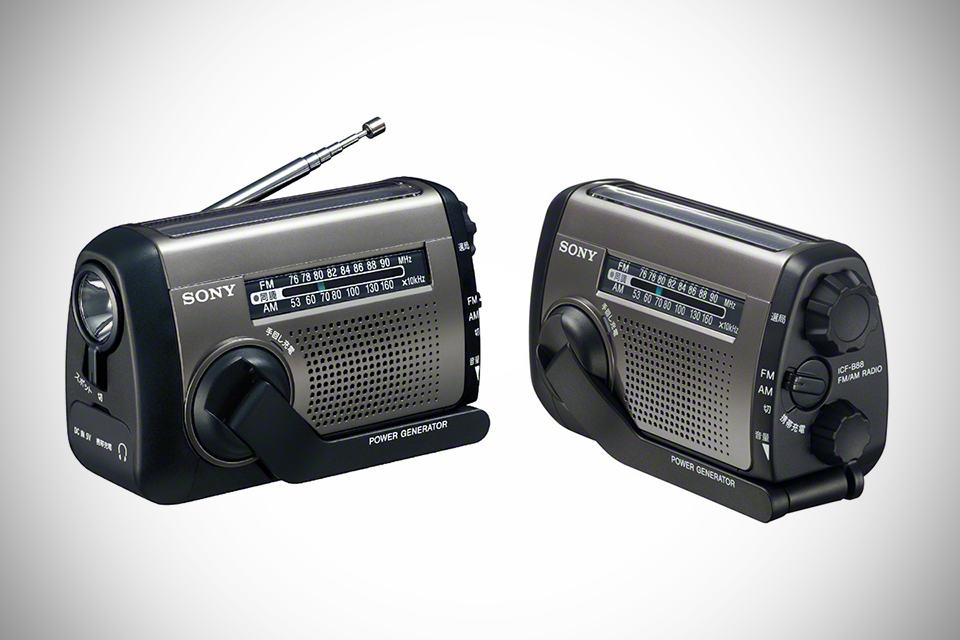Lighting can make or break your kitchen and bathroom spaces. It’s not just about picking stylish fixtures – it’s about where you place them. Poorly placed lights create shadows, uneven brightness, and can even make daily tasks harder than they need to be. These rooms require functional, layered lighting that blends aesthetics with practical use.
If you’ve ever tried to prep food under a dim ceiling light or shave in a poorly lit bathroom, you already know the frustration. Good lighting design boosts usability, sets the mood, and even increases your home’s value. Getting it right comes down to understanding what works where and why.

Prioritize Task Lighting First
Task lighting is your top priority in kitchens and bathrooms because these spaces demand precision. In the kitchen, this means installing under-cabinet lighting to illuminate your countertops where you chop, stir, and prepare meals. Ceiling lights alone can cast your body’s shadow right where you’re working. Under-cabinet strips or puck lights fix this instantly.
Task lighting around the mirror is important, and using energy-efficient wall lights for bathrooms on either side of the mirror provides balanced, even illumination ideal for grooming, makeup, and skincare routines. Use vertical fixtures or sconces on either side of the mirror.
Avoid Shadows and Glare
The biggest mistakes in lighting placement usually come down to shadow and glare. You may have the brightest bulb in the store, but if it’s in the wrong spot, it does more harm than good. In kitchens, avoid placing ceiling lights directly behind where you typically stand to cook or prep food. Stagger recessed lights to the front of cabinets or directly above work zones.
For bathrooms, never put a single downlight over the mirror – it will exaggerate shadows under your eyes and chin. Go for matte or satin finishes that diffuse the light evenly. Placement matters just as much as bulb type and fixture style.
Use Layers of Light for Balance
Relying on a single overhead fixture won’t cut it. In the kitchen, ambient lighting might come from recessed ceiling lights or a central pendant, but that alone won’t light your counters, corners, or cabinets. Add task lights under cabinets and think about toe-kick lighting near the floor for nighttime navigation.
In bathrooms, ambient lighting can be a ceiling flush mount or downlights, while task lighting handles the mirror area. Accent lighting, like LED strips behind mirrors or inside glass-front cabinets, adds a luxurious touch and elevates the space. Layered lighting gives you flexibility to set the right mood at different times of day.
Consider Natural Light and Its Limitations
While natural light is a fantastic addition to any kitchen or bathroom, it shouldn’t be your sole source. These rooms often serve specific functions both day and night, and relying on windows or skylights alone leaves you in the dark, literally. You also have to think about how natural light shifts throughout the day.
South-facing windows bring in strong light, while north-facing ones offer a cooler, dimmer tone. Understand where your light enters and complement it with artificial lighting that works regardless of the hour. Place lights where natural light doesn’t reach, like interior corners or under cabinets.
Choose the Right Fixtures for Each Zone
Each lighting zone in your kitchen and bathroom needs something specific. Over kitchen islands, go for pendants spaced evenly, usually 30–36 inches apart, and hung about 30–34 inches above the countertop. Over sinks or stoves, recessed or flush-mount lights keep it sleek and functional.
In bathrooms, vanity sconces should be hung at eye level – about 60–66 inches from the floor – and placed 28–36 inches apart for even face illumination. Ceiling fixtures should offer wide, diffused light, even in small bathrooms. Don’t forget about moisture ratings – bathroom fixtures must be rated for damp conditions, even near showers or tubs.
Pay Attention to Bulb Type and Color Temperature
You can perfectly place your lights and still end up with poor results if you use the wrong bulbs. Color temperature makes a big impact on mood and visibility. Kitchens and bathrooms benefit from a neutral white light, typically between 3000K and 4000 K. This range is bright enough for tasks but not overly harsh.
Avoid overly cool (5000 K+) lights that feel clinical or warm (2700K) lights that can make white surfaces look yellow. LED bulbs are the most efficient and long-lasting, plus they come in a wide range of brightness levels and temperatures.

The most beautiful fixture in the world won’t fix bad lighting placement. Kitchens and bathrooms are hard-working rooms that need light that pulls its weight. Focus on where the light hits – your counters, your face in the mirror, your walkways at night. Use layered lighting with a thoughtful mix of ambient, task, and accent fixtures.
Choose the right bulbs and make sure every corner is thought about. It’s not just about design – it’s about comfort, functionality, and safety. Light your space where it matters most, and you’ll see the difference every time you flip the switch.
Disclaimer:
The information in this article is intended for general guidance only. Always consult with a licensed electrician or lighting professional before making electrical or structural changes to your home. Local building codes and safety regulations may vary.



